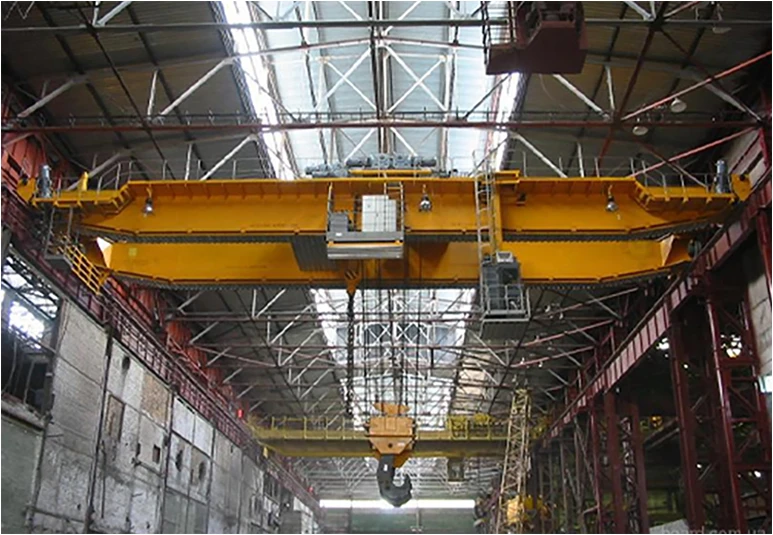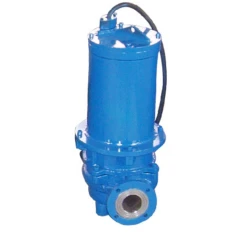05 July 2025

(slurry pump products)
Slurry pump products serve as critical components in industries where the transportation of abrasive or corrosive slurries is an everyday challenge. These products are engineered to handle mixtures of liquid and solid particles, commonly found in mining, dredging, chemical processing, and wastewater treatment facilities. The global slurry pump market has exhibited stable growth, valued at approximately USD 1.5 billion in 2023 and projected to expand at a CAGR of 3.9% through 2028. As demands for efficiency and longevity increase, the need for robust, high-quality slurry pump products becomes even more pronounced. Success in numerous sectors depends upon the reliability, performance, and adaptability of these featured products.
Advances in slurry pump design have led to substantial improvements in wear resistance, hydraulic efficiency, and energy consumption. State-of-the-art pumps now utilize duplex stainless steel and advanced elastomeric materials, leading to an average increase in service life by 25% compared to designs from a decade ago. Computational fluid dynamics (CFD) is widely applied in modern pump engineering, optimizing impeller and casing geometries to minimize turbulence and abrasion—resulting in efficiency ratings as high as 75%. Noise reduction and easier maintenance access are also key features of leading models, reflecting a user-focused approach to engineering. According to an industry survey of over 600 industrial facilities, 78% identified a measurable decrease in equipment downtime after upgrading to these technologically advanced products.
Selecting the right supplier is crucial when choosing slurry pump products for mission-critical operations. Below is a comparative overview of three leading global manufacturers, focusing on quantitative benchmarks for performance, durability, energy efficiency, and cost.
| Manufacturer | Max Flow Rate (m³/h) | Max Head (m) | Average Lifespan (hours) | Material Options | Energy Efficiency (%) | Annual Maintenance Cost (USD) |
|---|---|---|---|---|---|---|
| Weir Minerals | 3,500 | 120 | 18,000 | Rubber, Chrome, Stainless | 72 | 6,800 |
| Metso Outotec | 2,800 | 105 | 17,200 | Ceramic, Polyurethane | 69 | 7,500 |
| ITT Goulds Pumps | 3,000 | 110 | 16,500 | High Alloy, Rubber | 71 | 6,300 |
The data highlights that while Weir Minerals surpasses competitors in flow rate and lifespan, ITT Goulds Pumps offer competitive efficiency with a lower average annual maintenance cost. Metso Outotec, meanwhile, provides innovative material options tailored for extreme chemical resistance. This comparison demonstrates why procurement decisions should be based on a comprehensive analysis of both performance metrics and operating costs.
No single slurry pump product fits all processes. Customization is often necessary to meet unique site challenges, including variable particle size, slurry pH levels, temperature extremes, and head pressures. For instance, nickel-chrome alloys can be specified for extreme wear environments, while variable frequency drive (VFD) kits are frequently integrated for precise flow and pressure modulation in sensitive applications. Many manufacturers offer modular system designs, empowering operators to swap out individual pump components without full system downtime. Digital monitoring integration—such as IoT sensors for predictive maintenance—has resulted in up to a 32% reduction in unplanned shutdowns, based on field trials conducted across multi-national mining operations. The ability to tailor slurry pump products ensures not only performance but also overall process optimization and safety.
A spectrum of industries relies on high-performance slurry pump products, each presenting its own operational requirements and technical obstacles. In the Australian mining sector, an open-pit copper operation reported a 40% drop in annual replacement costs by transitioning to high-chrome slurry pump models. In municipal wastewater treatment, the implementation of self-priming horizontal pumps reduced energy consumption by 18%, saving approximately USD 17,000 per facility, per year. Dredging operations along the Mississippi River utilized a dual-pump system equipped with smart flow controls to handle varying sediment loads, resulting in 45% greater throughput and a measurable decline in maintenance interventions. These real-world cases validate the tangible benefits of smart pump selection and integration.
The slurry pump product landscape is evolving toward greater digitalization and environmental consciousness. Recent years have witnessed a surge in the integration of real-time performance analytics, allowing operators to remotely monitor, diagnose, and control pump operations. The demand for energy savings continues to drive investment in next-generation materials that offer both increased wear life and reduced friction losses. Regulatory compliance—particularly around leakage and emissions—is pushing manufacturers to develop more robust sealing technologies and to eliminate hazardous process fluids where possible. According to a 2023 industry report, nearly 60% of new capital expenditures in the sector are allocated to product upgrades featuring advanced monitoring and predictive analytics, with electrification and process optimization emerging as key strategic objectives.
In conclusion, selecting and deploying the most appropriate slurry pump products is an operational imperative for sectors grappling with challenging materials transport. In-depth review of featured products, detailed manufacturer comparison, and consideration of site-specific customization options provide a strategic advantage. Application evidence highlights that optimizing with the right slurry pump solution can drive efficiency, extend equipment life, and curb both operational and maintenance expenses. As digital transformation and sustainable materials continue to shape the future of this industry, those investing in forward-thinking, featured slurry pump products are poised for measurable long-term benefits.

(slurry pump products)
This is the first article